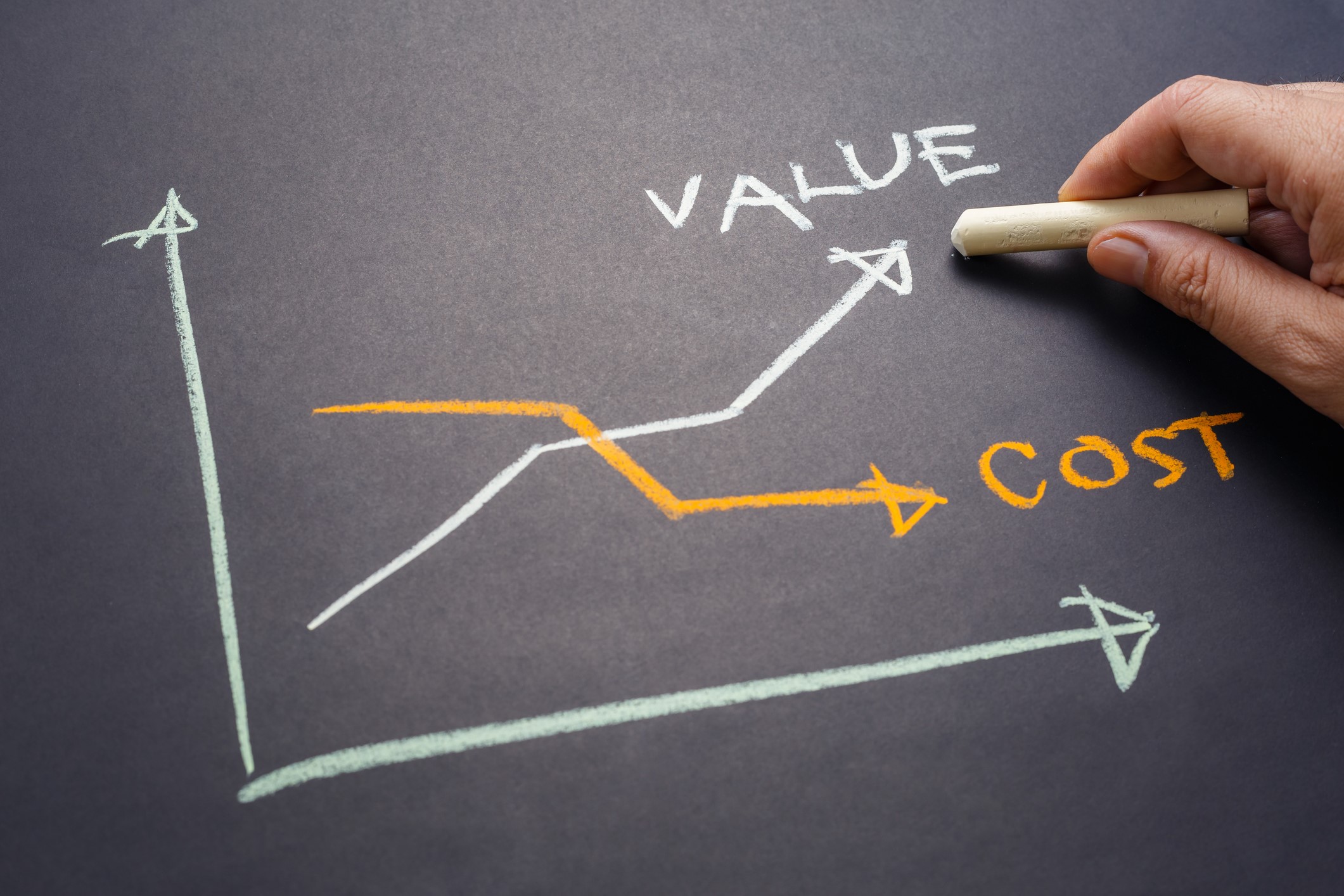If your company owns a tradeshow exhibit, you may wonder when it’s time for an upgrade, or even a replacement. Needless to say, neither option comes without a price tag.
But which option will provide the most value in the years to come? Is it even worth it to make a change? Everyone defines value differently, but here are some ways to think about it.
Revisit your marketing objectives,
Without a clear definition of success, it’s impossible to achieve it. By first examining your marketing objectives, you can establish a baseline for what each option should achieve. Only then can you make an accurate comparison of costs and value. As with anything in life, there will be compromise. So, ask yourself: Which option will achieve your goals for the least possible cost over time?
Create a financial model
To determine the costs and value associated with each option, take a cue from expert event planners: set up a spreadsheet. While not the sexiest of tools, it can help you project costs in the coming years.
Without getting too detailed, here’s a place to start: Consider listing out the tradeshows you plan to attend over the next, say, two to five years, as well as each show’s requirements. Then, plug in the associated capital and operating costs—the ones you know will remain relatively flat. For example, these might include costs tied to the labor for exhibit assembly/disassembly and your space reservation.
Next, roll in the options you wish to evaluate. Perhaps Option A is to leave your exhibit as-is. Option B might involve leveraging your existing assets while making a few upgrades. Option C could be a total “start-from-scratch” exhibit redesign.
Once you’ve identified your options, you can account for the variable costs that could accompany each. For instance, if you add material to your existing exhibit, your shipping costs will likely increase. Alternatively, if you replace your exhibit infrastructure with a lightweight frame, you may reduce your shipping costs over the long term.
Change isn’t always the answer
Sometimes it really does make sense to stick with the tried-and-true. There are instances where keeping your exhibit consistent from year to year says “hey, we’re reliable; you can trust us.” This may be especially true if you’re selling a commodity: you need to look respectful, but you don’t always need to buy a new suit.
Take a step back before moving ahead
It’s never a bad idea to look at the value of what you have before jumping to conclusions about what you need. So, the next time you’re considering a change to your exhibit, come back to your goals, evaluate the numbers, and choose the option that makes the most sense for your company. Remember, we’re here to help.




